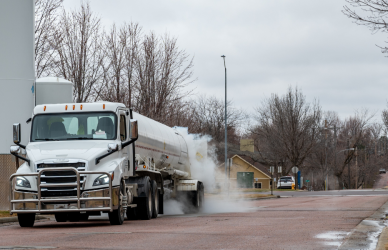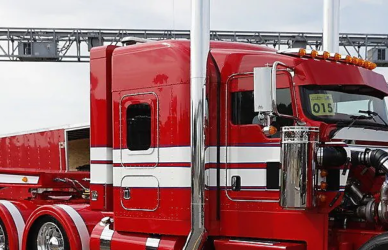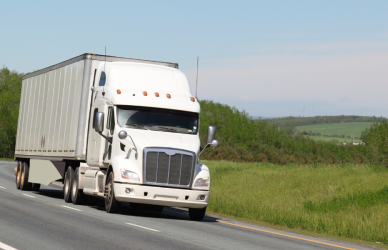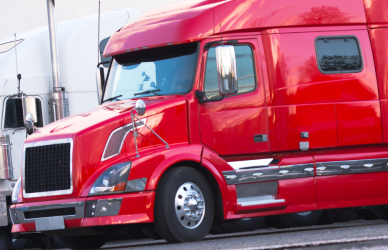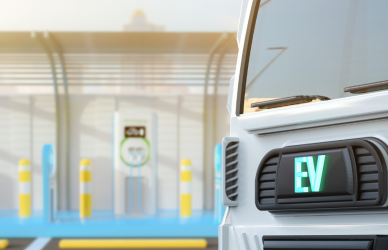In recent years, the trucking industry has witnessed significant advancements in autonomous trucking technology. While this innovative development holds promise for increased efficiency and productivity, it also raises important safety considerations. As a whole, it’s essential for the trucking industry to understand the potential dangers associated with autonomous trucking and explore possible solutions to ensure a safe and seamless transition.
The Promise of Autonomous Trucking
Autonomous trucking technology presents a compelling vision for the future of the industry. By leveraging cutting-edge advancements in artificial intelligence, machine learning, and sensor technology, self-driving trucks are said have the potential to change the way goods are transported. Two of the biggest benefits being showcased by manufacturers of autonomous vehicles include improved safety and efficiency. Let’s take a closer look at these claims.
Improved Efficiency – Autonomous trucks are said to optimize fuel consumption, reduce traffic congestion, and minimize idle time, leading to enhanced operational efficiency and reduced costs.
Increased Safety – Autonomous manufacturers will tell you that with the elimination of human error, autonomous systems have the potential to significantly enhance safety on the roads. These systems are capable of constant vigilance, quick reaction times, and adherence to safety protocols, mitigating risks associated with driver fatigue, distraction, and other human-related factors.
While this sounds good on paper, there are still some challenges and safety issues that the industry may want to take a closer look at before heading off to purchase an expensive rig with technology that’s still very new, and may still have a few kinks to work out.
Addressing Safety Concerns
Despite the potential benefits, it’s crucial to acknowledge the legitimate concerns surrounding autonomous trucking. Ensuring the safety of autonomous trucks and other motorists needs to remain a top priority. Let’s explore the primary safety considerations and potential solutions.
Cybersecurity – As autonomous trucks rely on complex software systems and network connectivity, ensuring robust cybersecurity measures is vital. Strengthening encryption protocols, implementing regular security updates, and establishing secure communication channels are crucial steps in safeguarding against cyber threats.
Technical Failures – Although autonomous trucking systems are continuously improving, the risk of technical failures cannot be ignored. Regular maintenance, rigorous testing procedures, and redundancy mechanisms for critical components can help minimize the likelihood of failures and ensure timely detection and resolution.
Adapting to Unpredictable Situations – Real-world driving conditions often present unpredictable scenarios that demand quick decision-making and adaptability. Developing advanced algorithms that can accurately assess and respond to dynamic environments, combined with extensive real-world testing, will be crucial to ensure the safe operation of autonomous trucks.
Human Oversight – Maintaining human oversight during the testing and transition phases can provide an extra layer of safety assurance. Having trained truck drivers onboard to supervise and intervene when necessary can help address potential challenges and build trust in the technology.
The future of autonomous trucking holds immense potential for revolutionizing the industry, but it is crucial to prioritize safety considerations throughout the process. By addressing safety concerns, we can pave the way for a safer and more efficient autonomous trucking ecosystem. It is essential to remember that autonomous trucking technology aims to enhance the industry rather than replace skilled truckers. By embracing these advancements, we can foster a future that blends human expertise with cutting-edge technology, ultimately creating a more secure and prosperous trucking industry.
Above all, remember that the road ahead may be paved with innovation, but it’s our collective responsibility to ensure that safety remains the cornerstone of the trucking industry’s success no matter who’s behind wheel.




